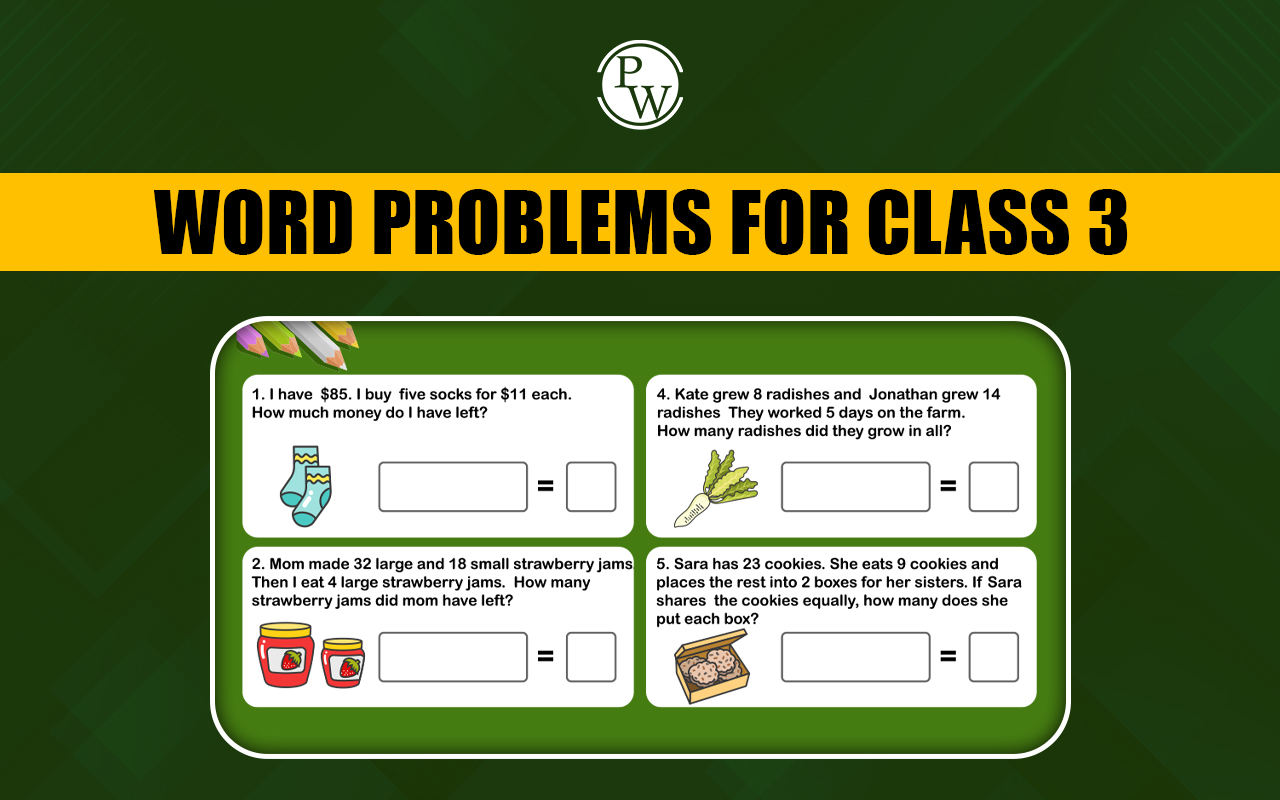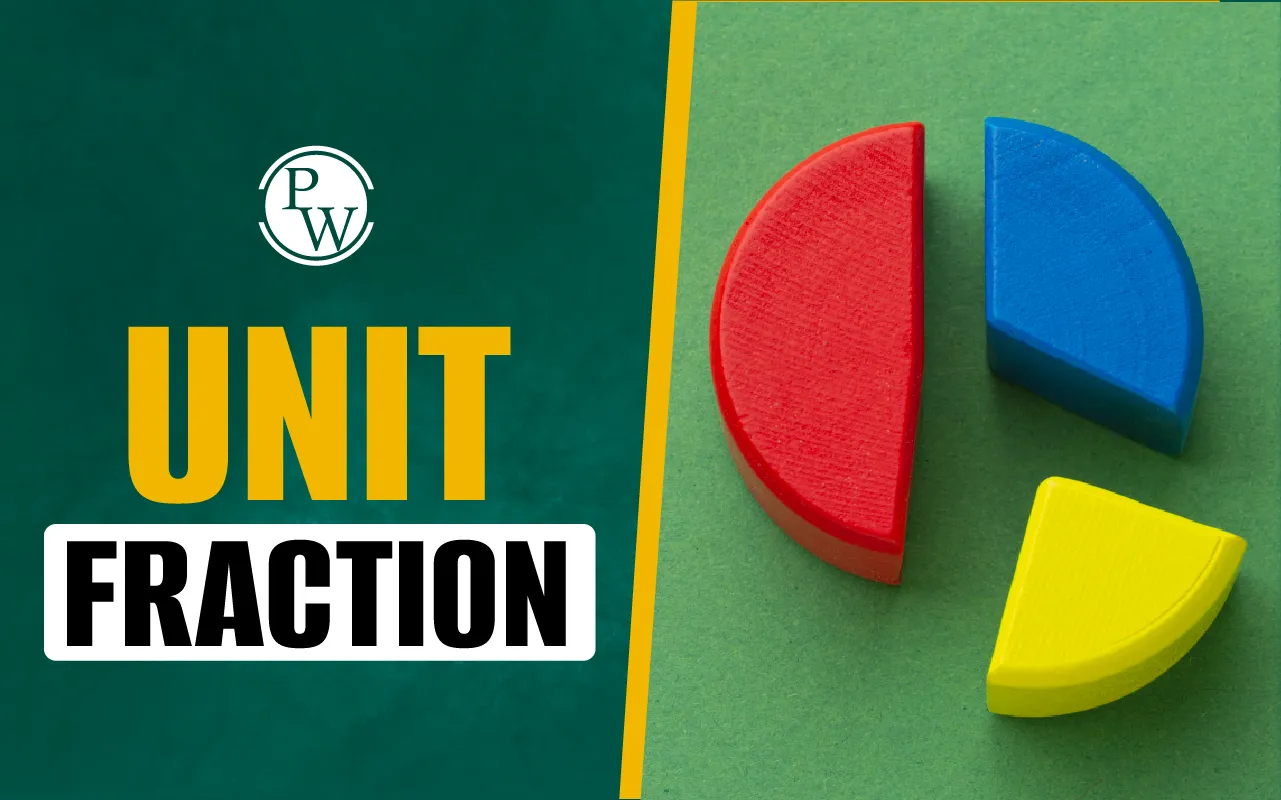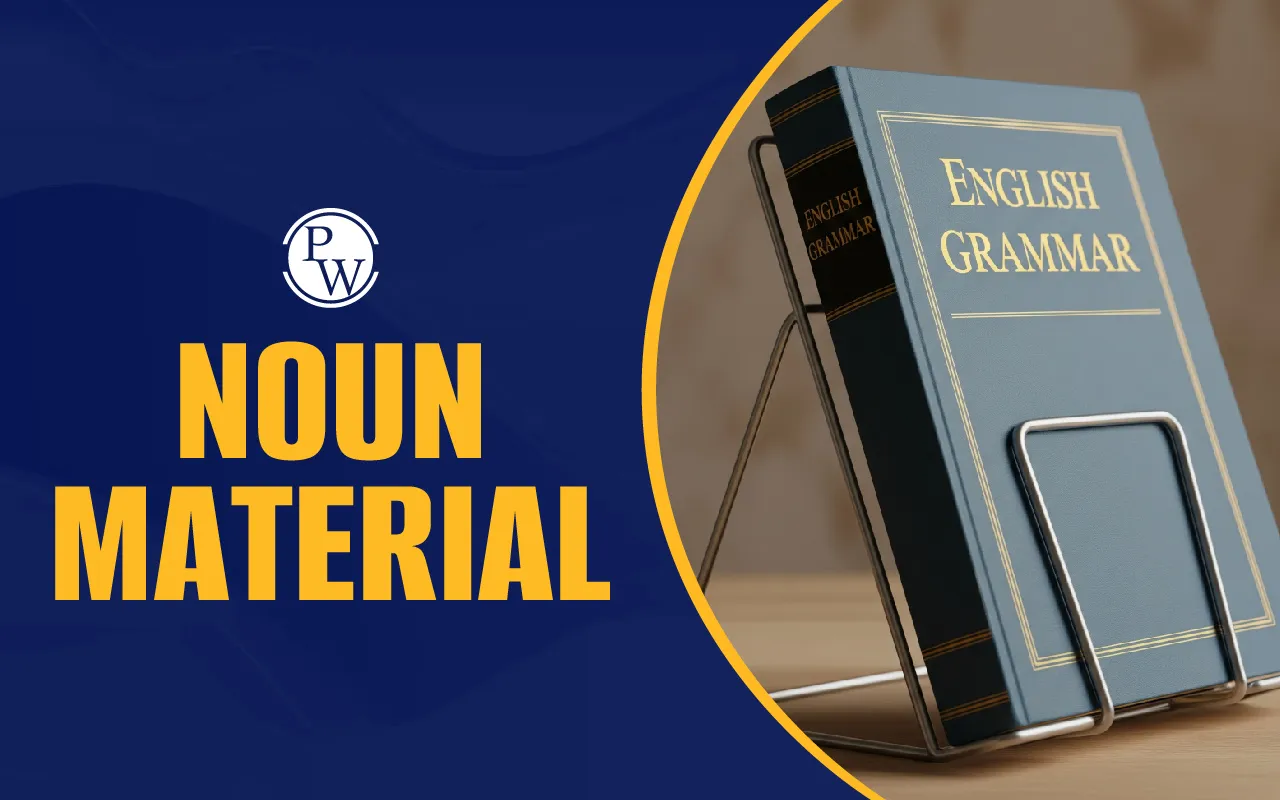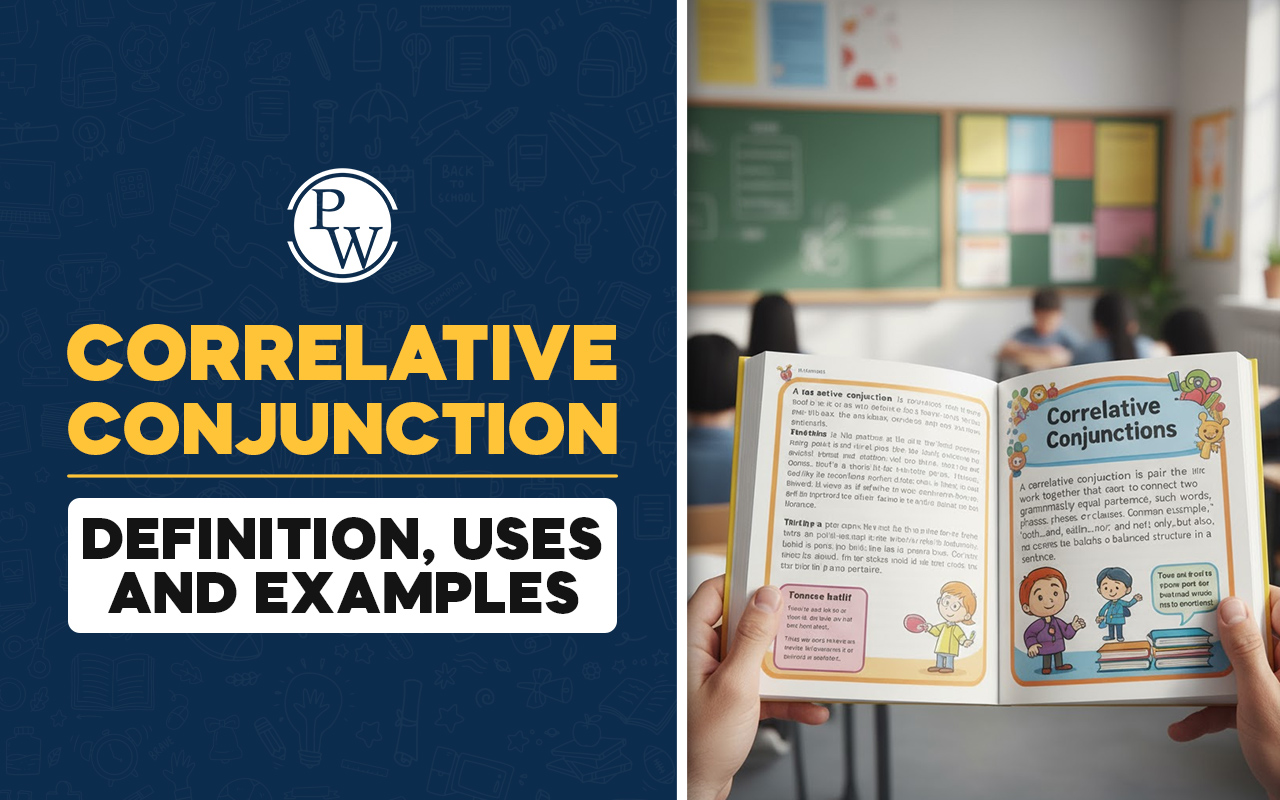

Word Problems for Class 3 use real-life situations to teach math concepts, helping students apply what they’ve learned in meaningful ways. They develop problem-solving skills and show how math fits into everyday life.
Still, many students find word problems challenging because they require both math knowledge and reading skills. Knowing how to approach them step-by-step makes a big difference in solving them successfully. In this blog post, we’ll explore how word problems work, why they can be tricky, and share useful strategies with examples to make solving them easier.What Are Word Problems?
Word problems combine math with language, requiring students to translate a narrative or a situation into a mathematical equation. A typical example might be: Liam has 12 apples. He gives 4 to his friend and buys 5 more. How many apples does Liam have now?" Solution: 12 - 4 + 5 = 13 apples . This type of question introduces concepts like rate, time, and collaboration, requiring students to connect multiple ideas.Why Are Word Problems Challenging for Students?
Even students who are good at math often struggle with word problems. These challenges go beyond math skills and can stem from several areas. Let’s explore a few common reasons why students find solving word problems difficult:Reading and Language Skills
Understanding what the problem is asking can be tricky, especially for students with reading difficulties. Words like “fewer than” or “altogether” can confuse them if they don’t get proper guidance.Cognitive Overload
Word problems require students to do several things at once—read, interpret, calculate, and check their answers. This multitasking can overwhelm younger students or those with difficulty focusing.Extra Information as a Distraction
Some problems include unnecessary information to test students’ comprehension. This can cause students to focus on the wrong parts of the question.Misleading Use of Keywords
Students are often taught to rely on keywords like “more” or “less” to decide which math operation to use. But these words can mean different things in different contexts, leading to mistakes.Types of Word Problems for Class 3
Here are a few types of word problems that allow Class 3 students to practice logical thinking, understand patterns, and solve real-life scenarios.T otal Problems
These problems involve adding two or more numbers to find a total. Example: Sam has 6 toy cars, and Mia gives him 4 more. How many toy cars does Sam have now? Solution: 6 + 4 = 10 Sam now has 10 toy cars.Difference Problems
T hese problems ask students to find the difference between two values. Example: Lily has 12 candies, and Ben has 7 candies. How many more candies does Lily have than Ben?" Solution: 12 - 7 = 5 Lily has 5 more candies than Ben.Rate and Time Problems
These problems focus on time, speed, or how quickly something happens. Example: If a train moves at 50 km/h, how long will it take to travel 100 km?" Solution: Time = Distance ÷ Speed Time = 100 ÷ 50 = 2 hours The train will take 2 hours to cover 100 km.Multi-Step Problems
These problems require students to solve multiple steps to find the answer. Example: T here are 150 chocolates in a box. John eats 35, and Sarah eats 40. How many chocolates are left? Solution: Step 1: Total chocolates eaten = 35 + 40 = 75 Step 2: Remaining chocolates = 150 - 75 = 75 There are 75 chocolates left.Comparison Problems
These problems ask students to compare two amounts and find how much one is greater or smaller. Example: A watermelon weighs 8 kg, and a pumpkin weighs 5 kg. How much heavier is the watermelon?" Solution: 8 - 5 = 3 The watermelon is 3 kg heavier than the pumpkin.Effective Strategies for Solving Word Problems for Class 3 Students
Word problems can feel tricky, but with simple strategies, young learners can confidently break them down and solve them step-by-step. Below are effective techniques designed to suit the needs of Class 3 students, with examples that engage them.Identify the Type of Problem (Schema-Based Thinking)
Help students recognize what kind of word problem they’re facing—whether it’s about totals, differences, or comparisons. This gives them a starting point and helps them choose the right operation. Example: "Ravi has 8 pencils, and his sister gives him 6 more. How many pencils does he have now?" Type: Total problem Solution: 8 + 6 = 14 pencils Tip: Practice using familiar examples like toys or fruits to help students quickly identify if they need to add, subtract, multiply, or divide.Highlight Key Information and Action Words
Teach students to underline or highlight numbers, action words (like “in total” or “how many left”), and the question itself. This keeps them focused on relevant details and avoids confusion. Example: "A library had 30 books. 12 books were borrowed. How many books are left in the library?" Highlight: 30, 12, “books left” Solution: 30 − 12 = 18 books Tip: Encourage students to say the action words aloud to understand better what the problem is asking them to do.Use Visual Aids: Drawings, Diagrams, or Tables
Students grasp concepts better with visuals. Encourage them to draw simple pictures, tables, or number lines to represent the problem. Example: Rohan bought 3 red balloons, 4 blue balloons, and 2 green balloons. How many balloons does he have in total?" Draw a table: Draw a table:| Balloon color | Quantity |
| Red | 3 |
| blue | 4 |
| green | 2 |
| Total | 9 |
Break the Problem into Steps
For multi-step problems, encourage students to solve one part at a time. This makes large problems feel more manageable and easier to solve. Example: "A bakery baked 200 cookies. They sold 75 in the morning and 50 in the afternoon. How many cookies are left?" Step 1: Total sold = 75 + 50 = 125 Step 2: Remaining cookies = 200 − 125 = 75 Tip: Teach students to write out each step and solve them sequentially.Practice with “Numberless” Problems
Removing numbers from word problems helps students focus on understanding what the problem is asking instead of rushing to calculate. Example (numberless): "A farmer has some apples. He gives some to a friend. How many apples are left?"- Focus: Identify that this is a subtraction problem.
- With numbers: If he starts with 20 apples and gives away 5, the solution is 20 − 5 = 15 apples.
Use Real-Life Scenarios for Practice
Incorporate real-life examples to make word problems relatable and engaging. Examples from shopping, cooking, or traveling will help students connect math with their surroundings. Example: "You have $20. A toy costs $12. How much money will you have left after buying the toy?" Solution: $20 − $12 = $8 Tip: Ask students to create their own word problems based on things they do every day, like shopping or playing.E ncourage Estimation Before Solving
Estimation helps students understand numbers and check if their final answer makes sense. Example: "A car travels 47 km in the first hour and 55 km in the second hour. About how far did it travel in 2 hours?"- Estimate: 47 ≈ 50 and 55 ≈ 50
- Solution: 50 + 50 = 100 km (estimated)
- Exact Solution: 47 + 55 = 102 km
Use Stories and Games for Learning
Turn word problems into stories or games to make the learning process fun and engaging. Example: Create a treasure hunt: You need 15 coins to unlock the next clue. You have found 8 coins so far. How many more coins do you need?" Solution: 15 − 8 = 7 coins Tip: Incorporate playful learning activities to reduce the fear of math and boost problem-solving skills. By using these strategies, Class 3 students will gradually become more confident in solving word problems. These techniques not only simplify complex problems but also make learning enjoyable and meaningful.Word Problems
- How can I quickly understand what a word problem is asking?
- What should I do if a word problem seems too complicated?
FAQs
How can I quickly understand what a word problem is asking?
Focus on the question at the end, then scan for key numbers and relationships. For example, Sarah bought 5 pens for $2 each and a notebook for $4. How much did she spend?
Identify: The goal is total spending. Add: (5 × 2) + 4 = $14.
What should I do if a word problem seems too complicated?
Break it into smaller parts and solve it step-by-step.
For example, a train travels 60 miles in 2 hours and then 90 miles in 3 hours. What is the total distance?
Step 1: 60 + 90 = 150 miles.
Step 2: Total time: 2 + 3 = 5 hours.
Ans: 150 miles in 5 hours.
How do I identify the right operation to use?
Pay attention to key phrases: "in total" suggests addition, "left" implies subtraction, "each" signals multiplication, and "per" or "rate" often indicates division.
What if I struggle with the reading part of word problems?
Start by focusing on the question being asked. Identify key terms and re-read the problem slowly to pick out relevant details, ignoring unnecessary information.
How can I get better at solving multi-step problems?
Break the problem into manageable parts. Solve one step at a time, write down intermediate results, and connect them logically to complete the solution.
Talk to a counsellorHave doubts? Our support team will be happy to assist you!

Check out these Related Articles
Free Learning Resources
PW Books
Notes (Class 10-12)
PW Study Materials
Notes (Class 6-9)
Ncert Solutions
Govt Exams
Class 6th to 12th Online Courses
Govt Job Exams Courses
UPSC Coaching
Defence Exam Coaching
Gate Exam Coaching
Other Exams
Know about Physics Wallah
Physics Wallah is an Indian edtech platform that provides accessible & comprehensive learning experiences to students from Class 6th to postgraduate level. We also provide extensive NCERT solutions, sample paper, NEET, JEE Mains, BITSAT previous year papers & more such resources to students. Physics Wallah also caters to over 3.5 million registered students and over 78 lakh+ Youtube subscribers with 4.8 rating on its app.
We Stand Out because
We provide students with intensive courses with India’s qualified & experienced faculties & mentors. PW strives to make the learning experience comprehensive and accessible for students of all sections of society. We believe in empowering every single student who couldn't dream of a good career in engineering and medical field earlier.
Our Key Focus Areas
Physics Wallah's main focus is to make the learning experience as economical as possible for all students. With our affordable courses like Lakshya, Udaan and Arjuna and many others, we have been able to provide a platform for lakhs of aspirants. From providing Chemistry, Maths, Physics formula to giving e-books of eminent authors like RD Sharma, RS Aggarwal and Lakhmir Singh, PW focuses on every single student's need for preparation.
What Makes Us Different
Physics Wallah strives to develop a comprehensive pedagogical structure for students, where they get a state-of-the-art learning experience with study material and resources. Apart from catering students preparing for JEE Mains and NEET, PW also provides study material for each state board like Uttar Pradesh, Bihar, and others
Copyright © 2025 Physicswallah Limited All rights reserved.
Get App











